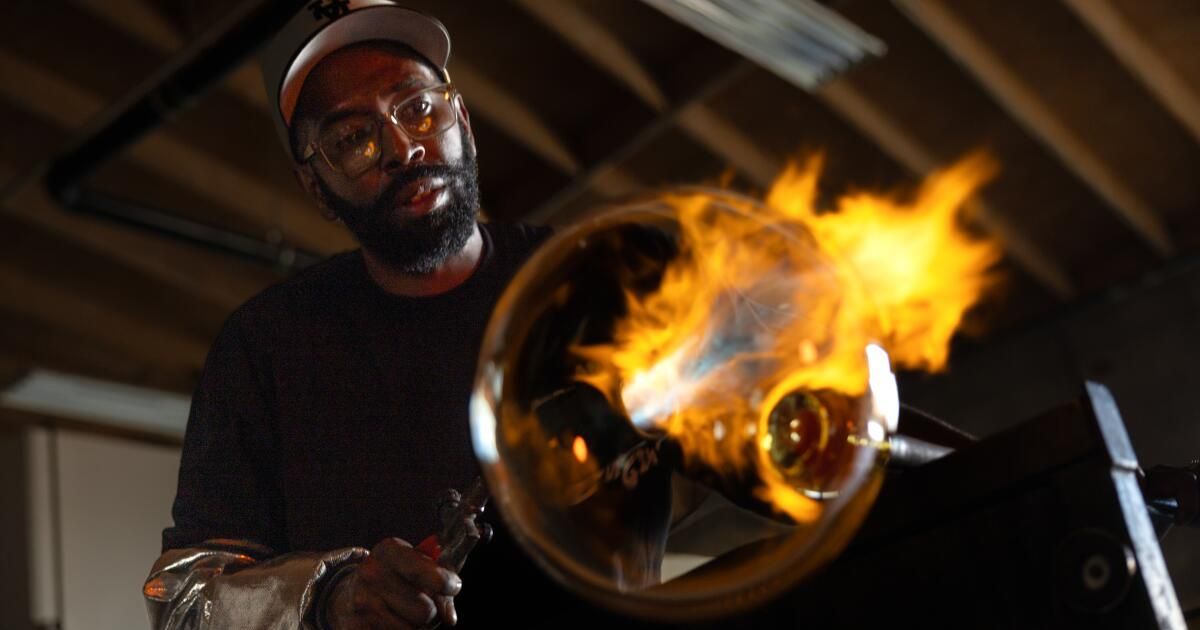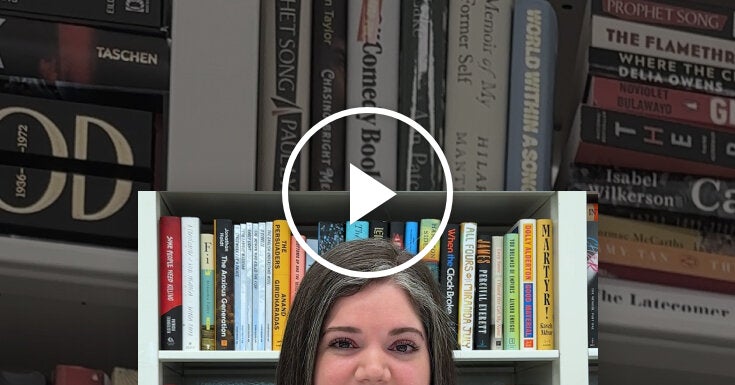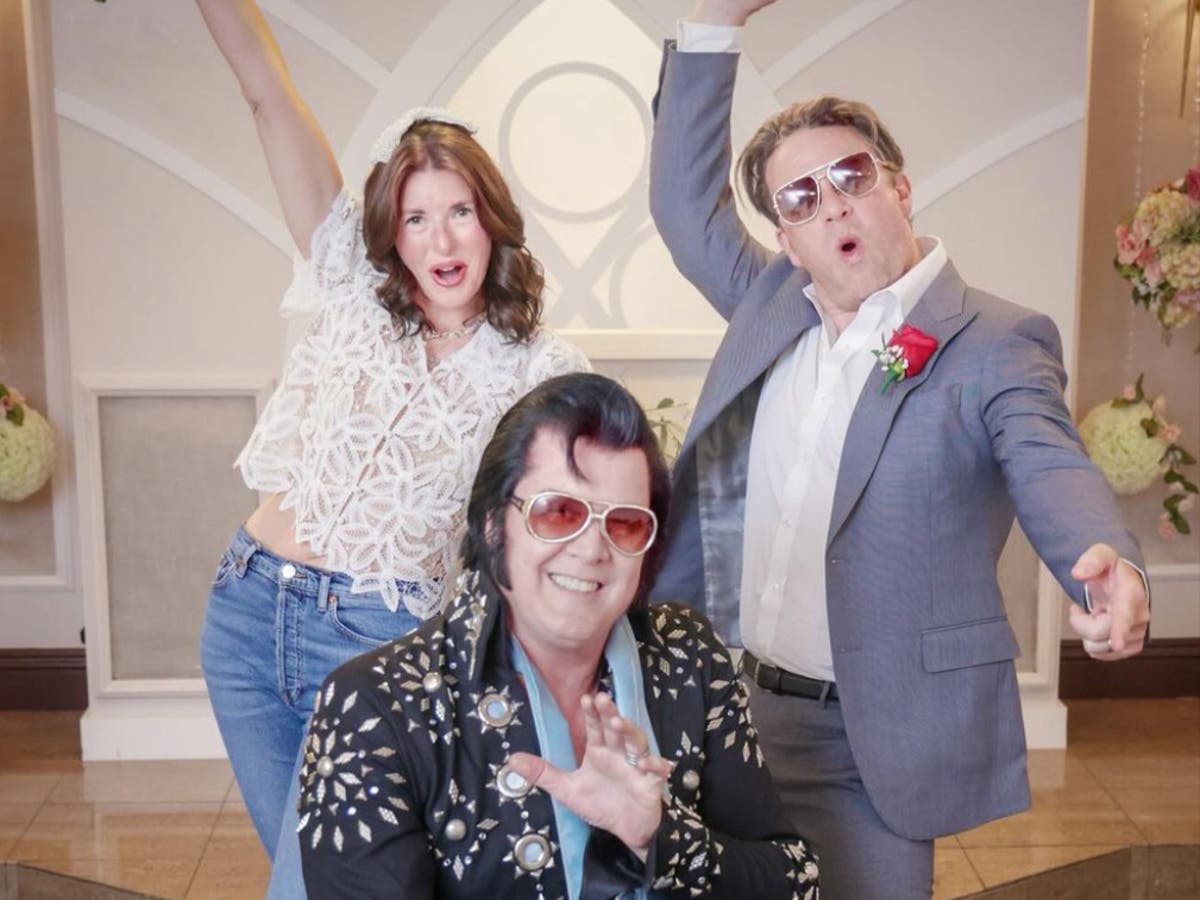Sitting in a chair, with the hum of the twin kilns and the Impressions playing in the background, glass blower Cedric Mitchell gets lost in his craft as he and his assistant Sara Roller spin and sculpt molten glass with steel scissors.
After a few blasts from a blowtorch and several trips back and forth to the kiln, the red-hot glass in the rod turns cobalt blue and forms what will eventually become a 7-inch vase.
Color is the first thing that catches your eye in the artist's hand-blown glass vessels.
“I love the color,” says Mitchell, “which is weird because I wear black every day.”
Mitchell, 37, was an emerging hip-hop artist in Tulsa, Oklahoma, when he first considered glassblowing. It was 2012 and he was recording a song in a Tulsa music studio when he noticed his friend's impressive glass pipe.
“He told me about a studio in downtown Tulsa where I could take a glassblowing class as an elective at my community college,” says Mitchell, who was studying business at Tulsa Community College. “I immediately signed up for the class at 1 am.”
Colorful glass totems by glass artist Cedric Mitchell in his El Segundo studio.
(Robert Gauthier / Los Angeles Times)
Inspired by his friend's bong, Mitchell set out to make glass pipes.
But when he showed up on the first day of class at the Tulsa Glassblowing School, the instructor calmly explained that it was a nonprofit organization and “we wouldn't make bongs,” Mitchell adds wryly.
Six months later, Mitchell was teaching glass blowing at the studio as an intern in exchange for practice time.
He stood his ground because it was difficult. “Blowing glass is one of the hardest things I've ever done,” Mitchell says. “It's the most rewarding and also the most discouraging. Sometimes imposter syndrome sets in and I wonder, 'Am I good at this?' You have to stay within the process instead of thinking about the outcome.”
When asked what inspires him, Mitchell's list is endless: “I like graffiti, music, three-dimensional art, digital compositions I see on Pinterest, furniture, the architecture of Frank Lloyd Wright, the sculptures of James Turrell. I also really like fashion in bright colors. “It used to be trendy until I started blowing glass and then toned down my color palette.”
Mitchell grew up in north Tulsa, a predominantly black neighborhood where more than 35% of the population lives in poverty. When his mother remarried, his family moved to the South Side, where he attended what he describes as “a rich white school.” It was an experience that taught him to “maneuver in both worlds.”
“I don't know what my situation would have been like if I had stayed in north Tulsa,” he says quietly. He remembers falling in love with music during his senior year of high school when he first heard Kanye West. “My English teacher told me he would be a great speaker because I liked writing poetry and reading a lot of Shakespeare,” Mitchell says. “She was the one who tried to convince me to go to college, but I wanted to learn how to produce music like Kanye. When I learned how difficult that would be, I studied business basics at a community college.”
While famous glass artists like Dale Chihuly and Rui Sasaki flocked to art schools like the Rhode Island School of Design, Mitchell's path was uniquely his own. “I learned by working as an apprentice in the studio,” he says. “I kept showing up until I got paid.”
Mitchell notes that glassblowers are rarely black. “When I did a Google search for ‘famous black glass artists,’ I found three,” she says. (Therman Statom, Débora Moore and Ché Rhodes). However, the dearth of black artists in his chosen field made him more determined to succeed. He now says that his challenge was: “How can I stand out?” “I wanted to break all the design rules like Ettore Sottsass,” he added, “and develop my own style.

Cedric Mitchell's kinetic glassware spins on an amber ball.
(Soona Studios)
So Mitchell set about creating irreverent objects: hand-blown kinetic glassware that spins on a ball, colorful stacked geometric shapes he calls totems, and tall bottles with whimsical texture and patterns.
The key, he says, was practice. “Robert Greene's book 'Mastery' really helped me,” Mitchell says. “The main thing for me was to improve my skills through practice. I still embody that today: the perpetual practice of things.”
Mitchell's bold style, something he calls “modern funk,” is inspired by Sottsass's playful Memphis-Milano design group of the 1980s, which combined bold geometric shapes with the primary colors of Pop Art.
In 2015, Mitchell was ready to leave Tulsa and dedicate himself full-time to his art.
He was still working at the Tulsa studio when he struck up a friendship with Los Angeles glassblower Joe Cariati. “I commented on one of her YouTube videos and we became friends,” Mitchell says of her mentor. “Joe invited me to Los Angeles to a demo they were doing. He was sending my resume to the studios and they all wanted me to do interviews. When I asked Joe what to do, he offered me a job.”
Mitchell moved to Los Angeles, which he calls a “healthy melting pot of creatives,” with just his bike and two suitcases. Upon arrival, he rode his bicycle to El Segundo from Culver City to arrive at work at 7 a.m. as Cariati's assistant.
The COVID-19 pandemic, however, is what “lit my fire,” he says. Worried about not being able to continue working while everyone stayed home amid pandemic-related shutdowns, Mitchell took advantage of a 30-day free trial and created a Shopify account for individual creators to showcase his work.
His efforts were worth it. The account caught the attention of former California design studio Heath Ceramics. “We were captivated by its postmodern shapes and juxtaposition of bold colors,” says Heath co-owner Cathy Bailey. After creating pieces in line with Heath's seasonal collections for some time, Mitchell created a standalone showcase that combined vibrant geometric pieces and traditional patterns. “Our best partnerships are when we both inspire and push each other in unexpected ways; working with Cedric is one of them,” says Bailey.
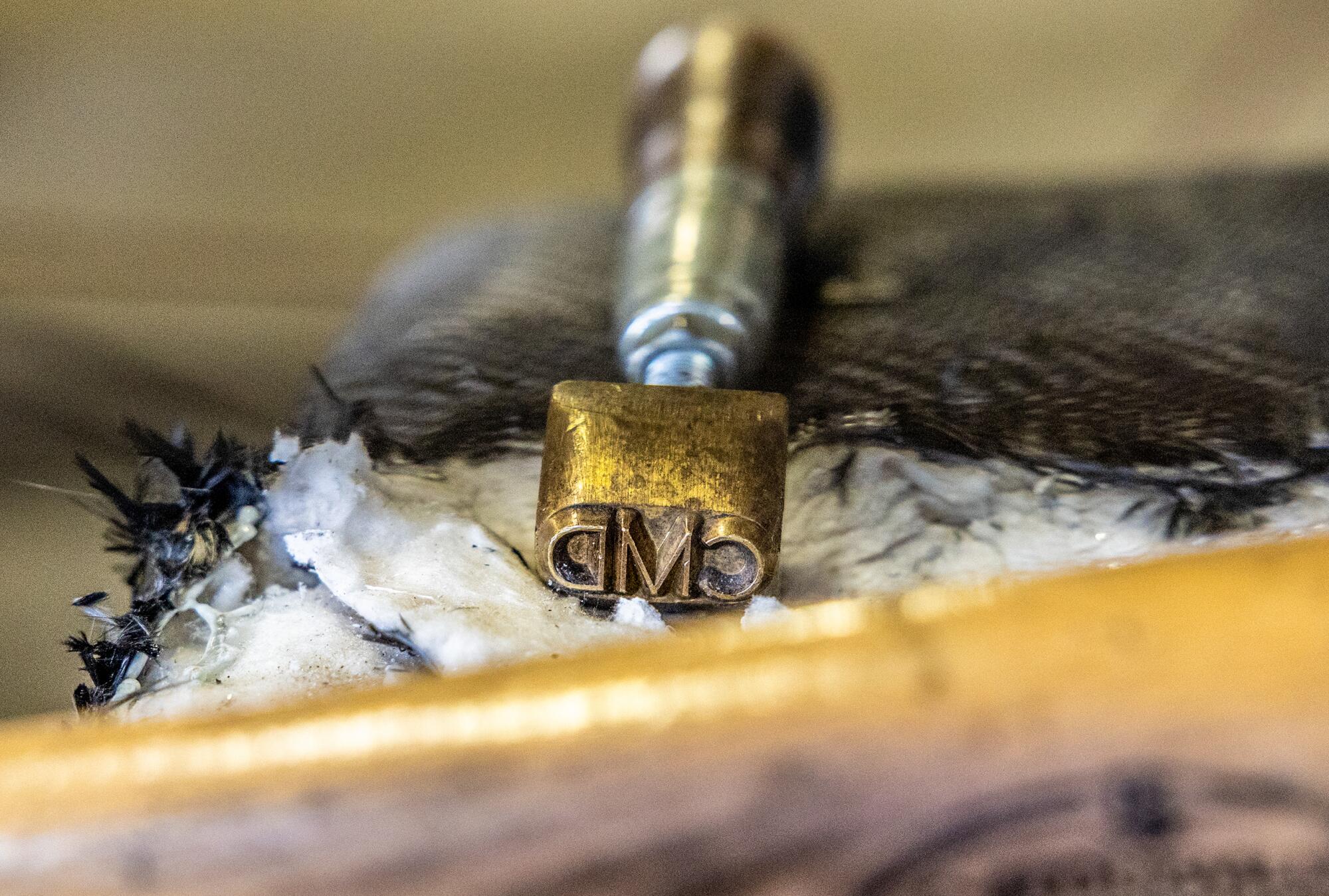
Mitchell's initials, engraved on a stamp he uses to sign his artwork.
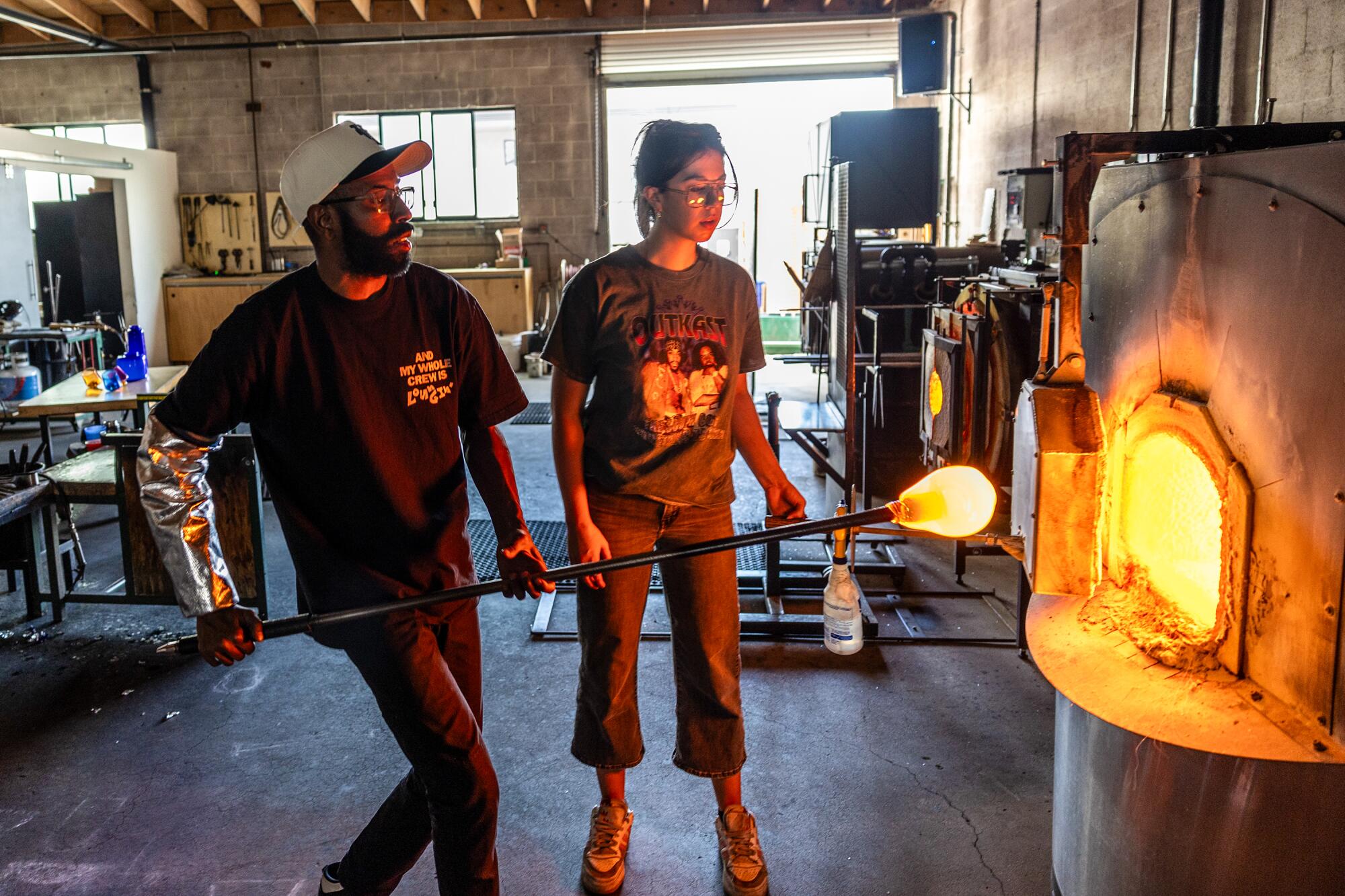
Glass blowing assistant Sara Roller watches as Cedric Mitchell removes molten glass from a kiln in his El Segundo studio.
Mitchell agrees. “Heath was one of the best things that ever happened to me,” she says while stamping the bottom of a vase for Heath's summer seasonal collection. “They gave me the opportunity to improve.”
Los Angeles lighting designer Brendan Ravenhill, who is working with Mitchell on a new fixture that will debut in June, says, “Cedric's funk is infectious” when it comes to craftsmanship. “We're always looking for people from Southern California who are the best at what they do,” adds Ravenhill. Mitchell has the skills to produce and refine the hard form, he says.
Like so many small business owners in Los Angeles, Mitchell admits that 2023 was a difficult year.
“It is difficult to produce in Los Angeles because nothing is cheap here. Natural gas prices and the cost of renting studios are rising. Last year I had to fly to Seattle to finish my Heath order because the price of natural gas went up 300%. “I couldn’t even afford to blow glass here.”
Still, he acknowledges that a lot of good things happened in a year of firsts: He had his first major residency at the Corning Museum of Glass in New York, allowing him to explore his craft without financial limitations. He also got married, had a son, and attended his first trade show in New York.
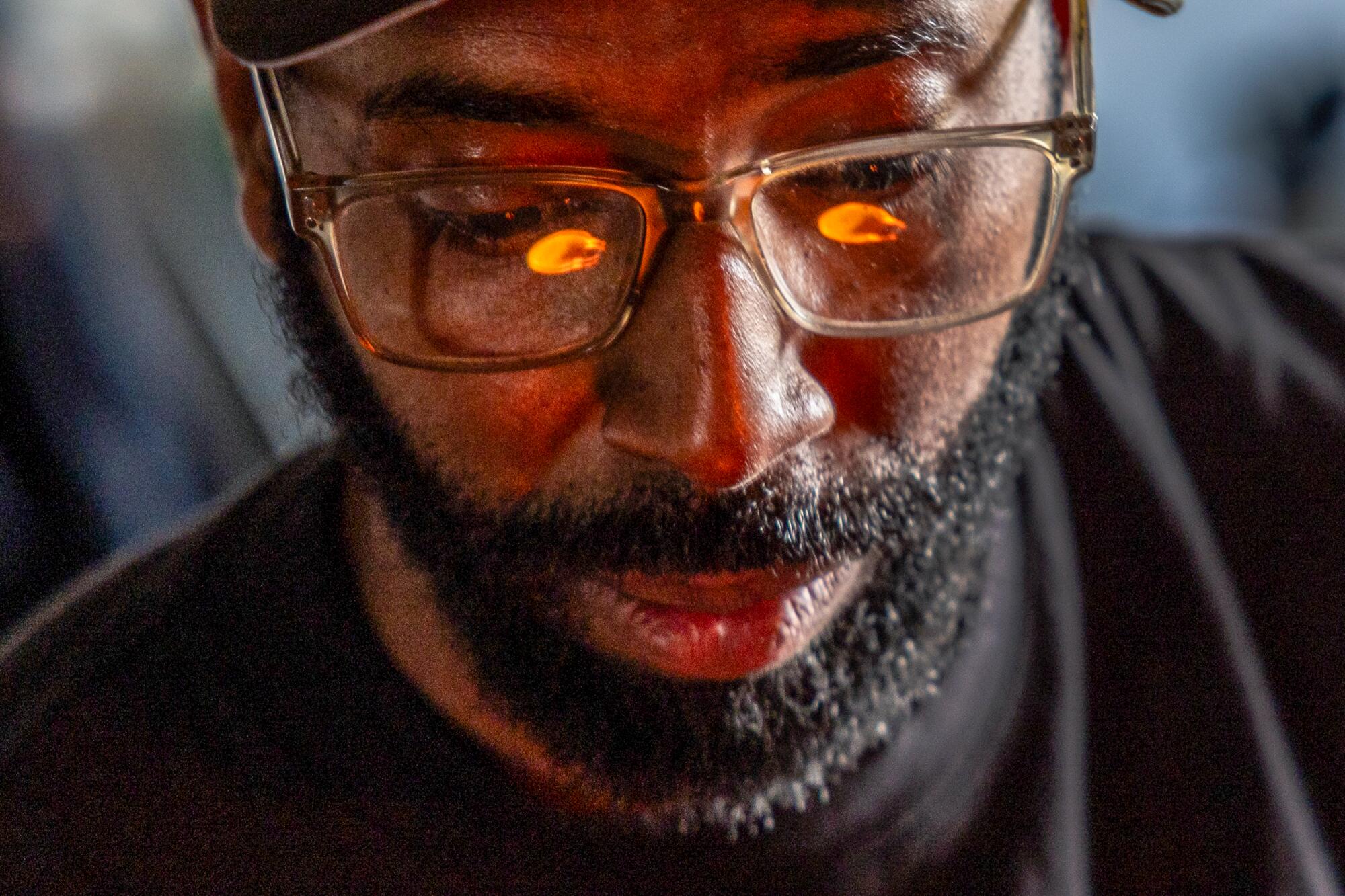
The Tulsa native says when he Googled “famous black glassblowers,” he only found three.
(Robert Gauthier / Los Angeles Times)
Currently, Mitchell spends his days in his glassblowing workshop in El Segundo, creating decorative glasses, vases, bottles and lighting. In addition to teaching, he has done brand alignment shoots with Nike, Fitbit, and Elder Statesmen and is working with fellow glass blower and painter Corey Pemberton on Better Together, an event series designed to support Black and Brown makers.
“Cedric is one of the most dedicated and hard-working artists I know,” says Pemberton, executive director of Crafting the Future, a nonprofit designed to introduce artists of color to the medium, residencies and entrepreneurship programs. “He fits more into a day than the average person would think possible. He can handle anything you throw at him and will do it with an incredibly calm demeanor.”
Beyond his work skills, he is a dedicated friend. “He's the kind of friend you can turn to for anything and he'll reach out no questions asked,” adds Pemberton.
As someone who did not grow up exposed to art and glassblowing, Mitchell hopes to inspire a new generation of artists by rejuvenating the after-school visual arts program at Watts Labor Community Action Community.
“No one is telling kids in underserved communities that they can be creators or doers,” Mitchell says of his proposal, which is pending approval. “We live in a business revolution and people can be their own bosses and control the narrative of what they want to do. It's scary, but it can be riskier to work for someone. When you have ownership over something, you control the narrative. It’s like taking the stairs instead of the elevator, but it’s yours.”
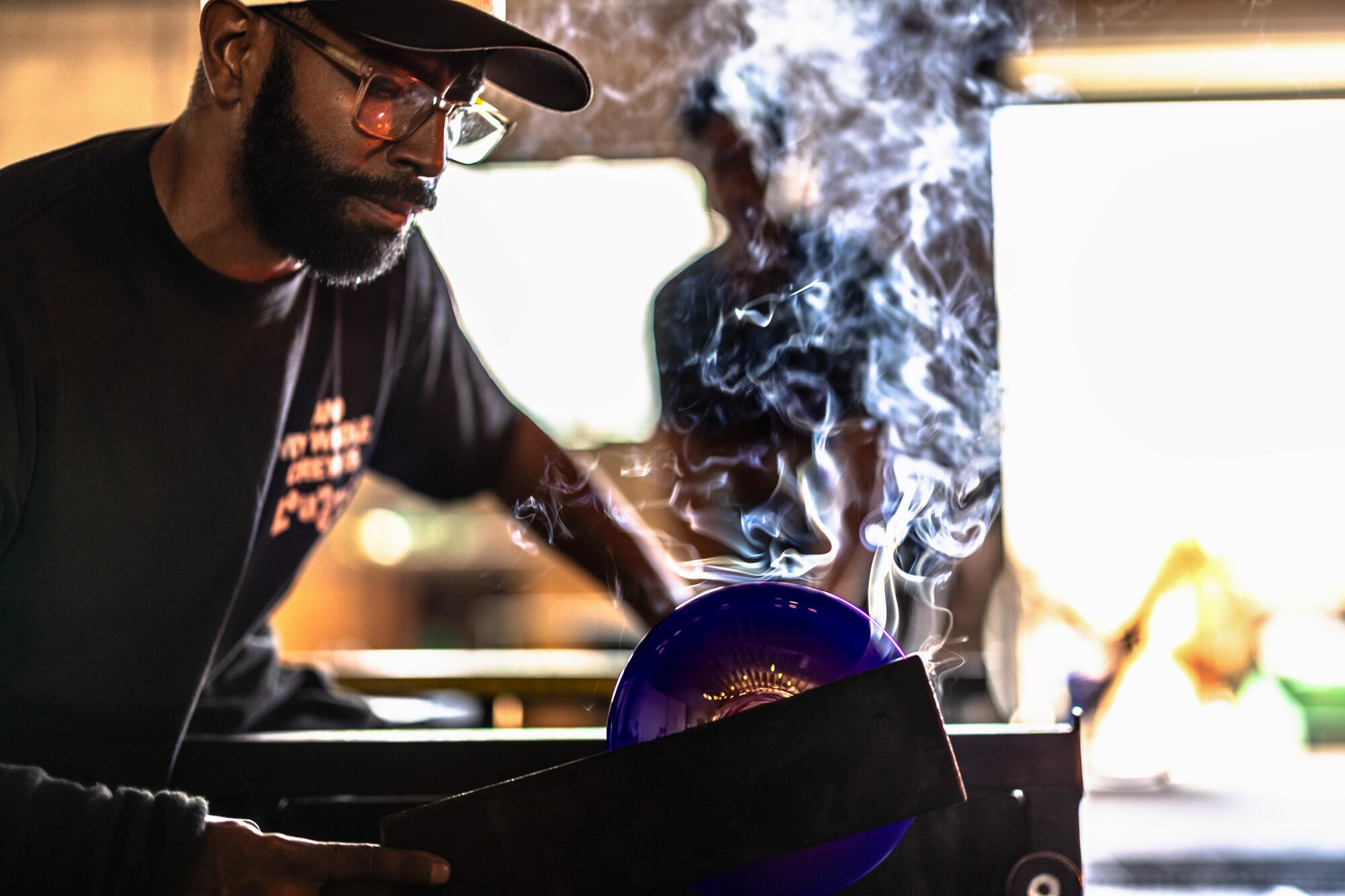
Cedric Mitchell spins what will eventually be a 7-inch vase in his El Segundo studio.
(Robert Gauthier / Los Angeles Times)

